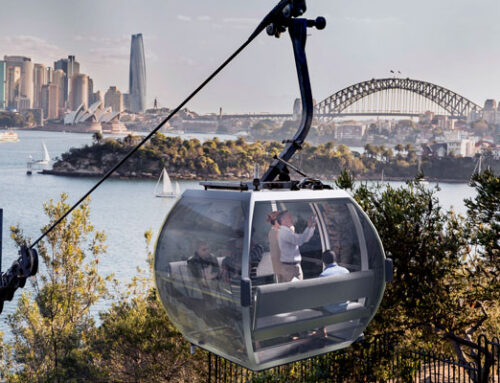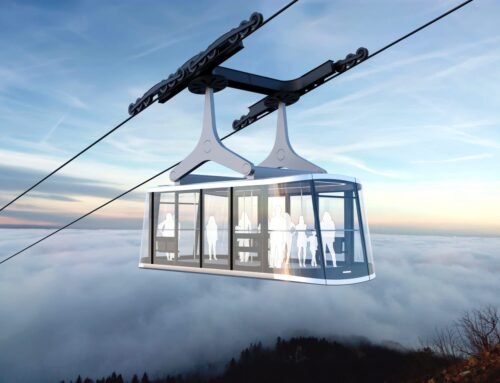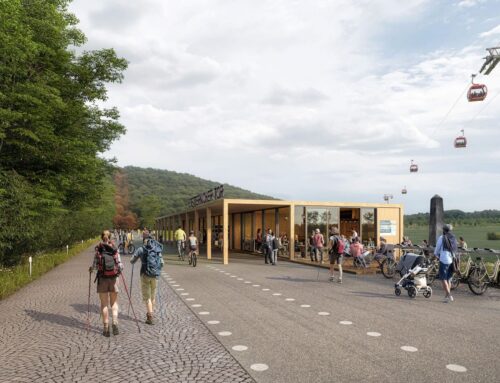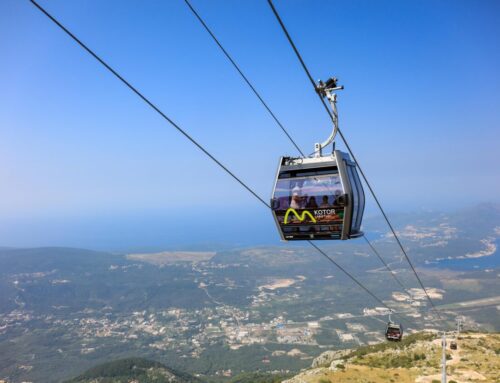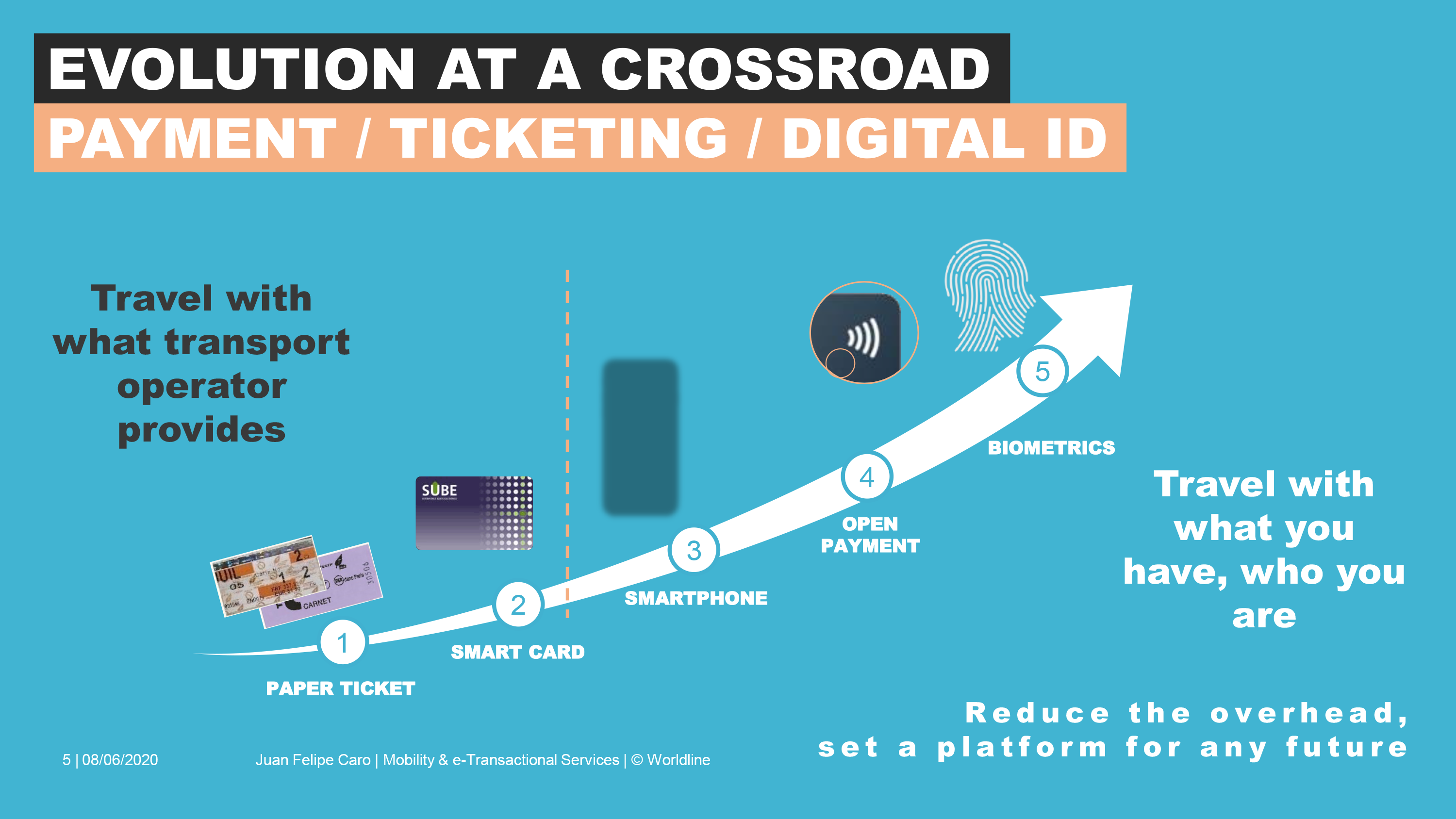
SI Urban 2/2020, Tourism
CONTACTLESS TICKETS FOR PUBLIC TRANSPORT PROVIDERS
The group comprising commuters has mostly already decided whether to make the daily journey by car or public transport, and tourists tend to rely on taxis to reach their desired location safely. As such, customers and their needs must always be at the centre of any new transport campaign.
Digital ticket
The first revolution in the transport sector came with electronic tickets. These meant it was no longer necessary to queue in order to pay the conductor. As a result, departure times can be calculated even more accurately and timetables are adhered to even better. In addition, with the relevant app, the routes of the individual transport services can also be monitored.
Even if you come to a region as a tourist, this means it is possible to find your way on the complex network of buses and trains. In the future, this easy orientation will be even more important, as the expansion of public transport provision is discussed time and again.
Cable cars are already among the normal modes of transport in some cities and even services such as hyperloops and air taxis are frequently discussed.
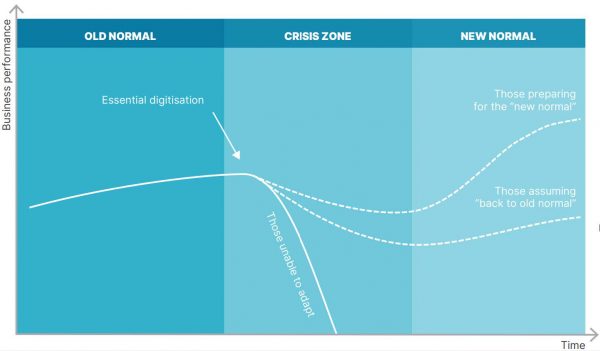
After the events in spring 2020, the transport industry is undergoing a rethink. Anyone who engages with new approaches and methods has the chance to emerge as a winner. Photo: Juan Felipe Caro Mobility & e-Transactional Services © Worldline
Digitales Ticket
There are already contactless provisions, so-called pay-as-you-use models, in which the customer no longer has to go on a lengthy search for the cheapest offer or even to get out a mobile phone or wallet. As soon as a public mode of transport is entered, an app opens, which automatically completes a check-in. On departure from the mode of transport, the application searches for the best offer for the visitor on the route just covered and then automatically checks out.
The aim is thus to achieve maximum convenience in the use of public transport. Willingness to use such digital provisions is increasing more and more, such that there are also growing amounts of data available to transport economists and planners for designing new infrastructure projects. With the use of these data, customer wishes could be integrated right from in the initial stages and an even better provision could be created, although this approach is still in its infancy and even the data collected from the infrastructure projects to be implemented are often underused.
In a press release from Vienna University of Economics and Business (WU), transport economist Stefanie Peer from WU addresses precisely these aspects. “For example, all modes of transport are often combined, even though it is known that there are significant differences in journey time assessment, or only short-term assessments are made even though long-term assessments would be more relevant in many projects.
Moreover, assessments are not used properly, i.e. relevant assessments do exist but they are not used for cost-benefit analyses. Certain effects, for example changes in convenience, are therefore given no consideration whatsoever.” Contactless tickets also promise great potential for transport in the future – in terms of safety, transport planning, hygiene and customer convenience.
As there is a high level of willingness to use these provisions, especially in urban centres, standardised concepts need to be developed here in good time. The advent of new transport systems such as the urban cable car could be taken as an opportunity for consistent modernisation, making it easier especially for tourists or occasional users to find their way on public transport.
Contactless tickets
A number of cities and states have been working on contactless tickets for several years. At a time of coronavirus, these provisions specifically offer a relevant service for passengers. Even beforehand, there was a boom in the fully electronic processing of ticket purchases on public transport. Now, passengers are demanding such a provision outright. Anyone who used the digital systems early on is now at an advantage.
COVID-19 has further accelerated the race for the latest and most customer-friendly systems, so it is a good idea to move with the times.


